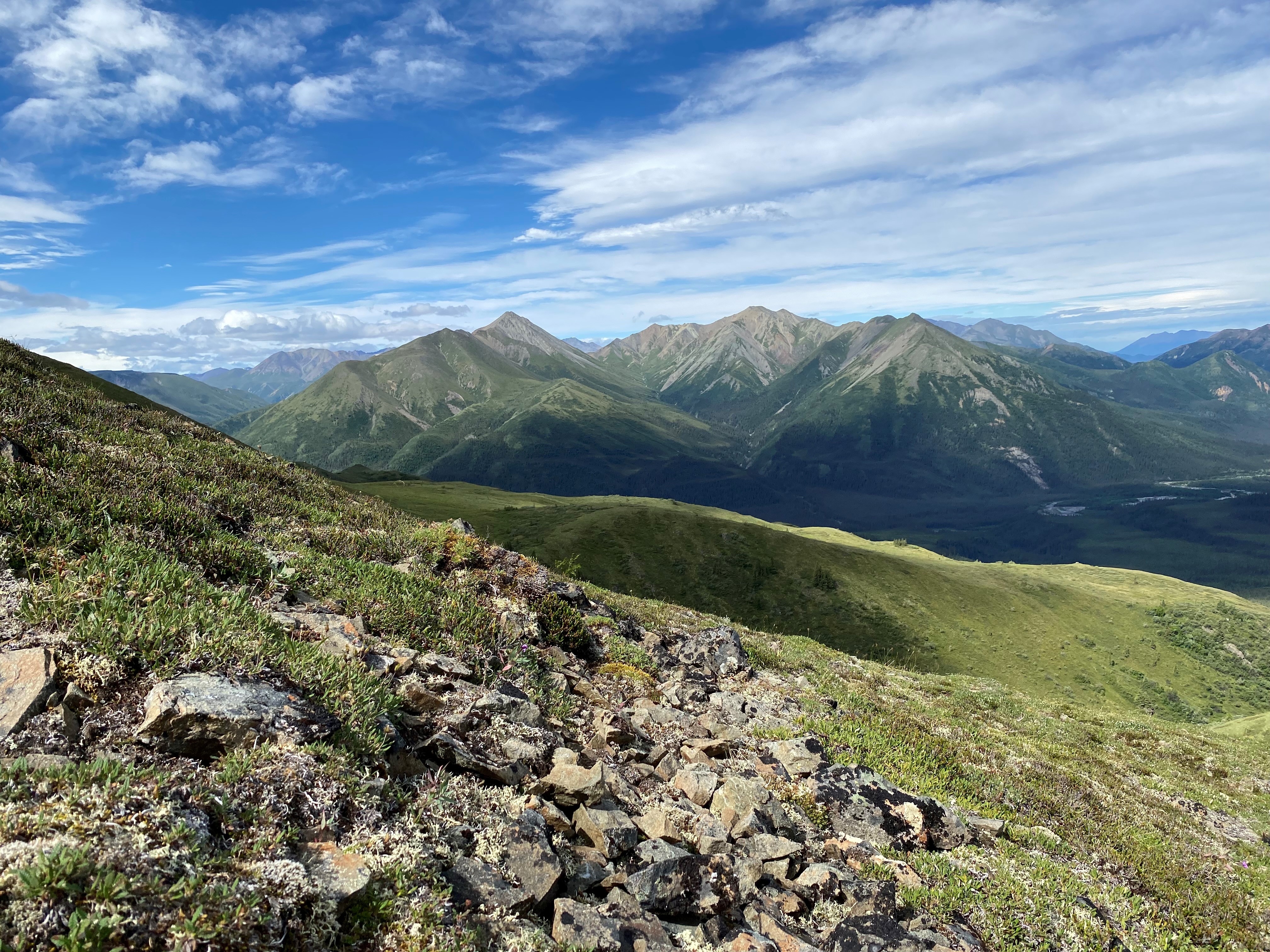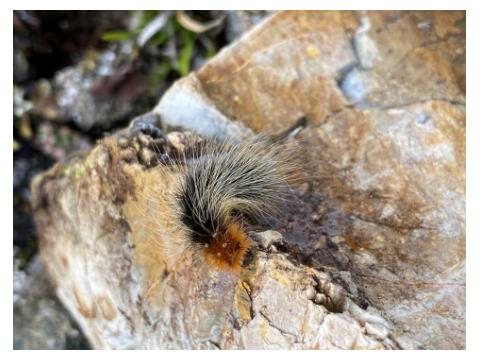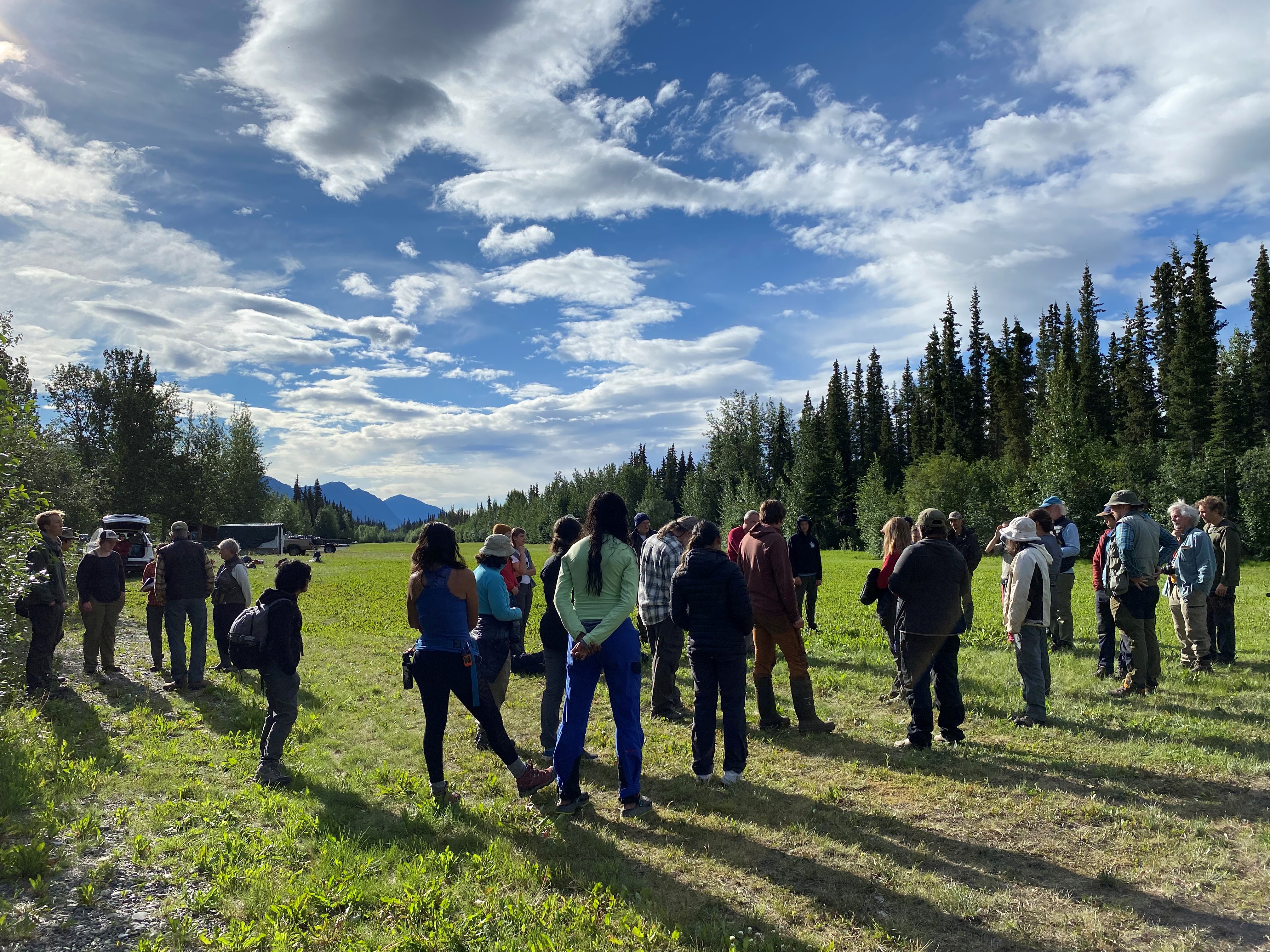
Modernization
Learn more about government’s intention to modernize the museum to protect our historic holdings and provide better access to our collections.

We all agreed — walking on the spongy ground felt amazing. Especially downhill, where the sponginess meant no jarring of the knees and you really did not even need to watch your step because rocks were so few and far between. In fact, you needed to peel away a substantial layer of vegetation to even find rocks in some of the places we were. Each giant spongy step felt like how I imagine walking in low gravity must feel.

The landscape I am describing is found in a mountainous region of the Yukon that has never been glaciated — so different from so much of Canada. Instead of being covered in kilometre-thick layers of ice during the Pleistocene, this region would have still had plants and animals inhabiting it. This has resulted in unique flora and fauna, which is exactly the reason we were there.
Bruce Bennett, Coordinator of the Yukon Conservation Data Centre at Environment Yukon, has been organizing “bioblitzes” in the territory for almost a decade and Royal BC Museum staff have participated in a number of them over the years.

This year, the RBCM Spider Team (Robb Bennett, Darren Copley, and I) were invited to join nearly 80 others at the White River Lodge to sample the Beaver Creek area as thoroughly as possible over a one-week period, July 15-21, 2022. Not everyone in attendance was a scientist, but everyone was there to lend a hand with organizing, collecting, and documenting the event. There was even a movie crew there, so stay tuned for a link to that at a later date.
Approximately half of the funding for this event came from Environment Canada’s Priority Place initiative: accommodation, helicopter time, and travel expenses to get scientists such as ourselves to the Yukon. The Yukon government covered logistics, their staff time, and food. A third partner in the initiative was the White River First Nation, in whose traditional territory the region falls. This significant commitment from all three levels of government demonstrates a recognition that the results of our surveys will help inform everyone about the natural heritage of the region in order to protect it.

To give you an idea of the number of different organizations, institutions, and experts involved in the event, let’s start with the expertise. Lichenologists, botanists, entomologists, bryologists, ornithologists, mammologists, arachnologists, and even earthworm specialists were all represented. Museum staff were from the Beatty Biodiversity Museum at the University of British Columbia, the Canadian National Museum in Ottawa, and even the New York Botanical Garden. Staff from the Yukon and BC governments and Environment Canada and Natural Resources Canada were also present. University staff came from Simon Fraser, the University of Alberta, Saint Mary's University, Eastern Washington University, the University of Alaska, and the Centre for Biodiversity Genomics at the University of Guelph sent representatives. There was also a non-profit organization, the Wildlife Conservation Society, that sent several people to participate.
Each day, we headed into un-sampled mountainous areas in small teams via helicopter or congregated en masse at a location accessible by road. No matter the habitat, we were all exploring and sampling the area for hours to get as complete a picture as possible of what occurs there. At the time of this writing, the number of different species reported is approaching 1,400, with many more identifications expected to come for some the more difficult groups.

High school students associated with the Yukon Youth Conservation Corps were part of the mix as well. This event gave them a chance to help research scientists do their work, and for many, this was also their first time in a helicopter. For some of them, their participation that week may prove to be life-altering. Perhaps their career options now include studying liverworts — who knows!?